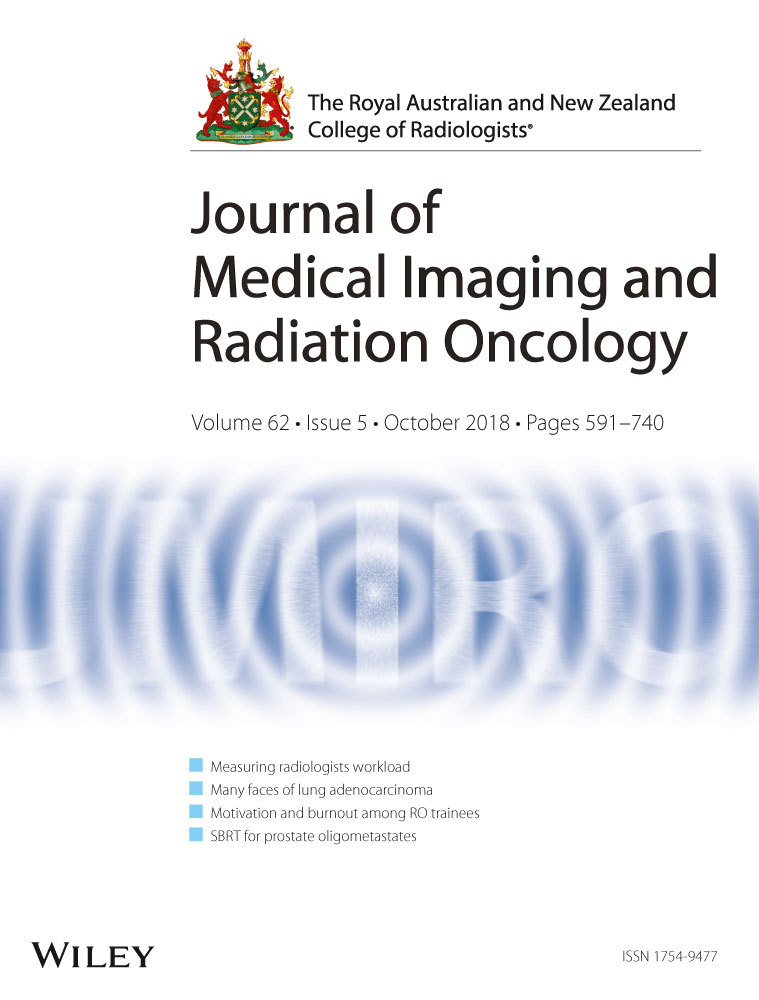Effectiveness and cost of radiofrequency ablation and stereotactic body radiotherapy for treatment of early-stage hepatocellular carcinoma: An analysis of SEER-medicare
Abstract
Introduction
For early-stage hepatocellular carcinoma (HCC) patients, ablative strategies are potentially curative treatment options. Stereotactic body radiotherapy (SBRT) has emerged as a promising ablative therapy, although its comparison with radiofrequency ablation (RFA) remains confined to a single institution retrospective review. We sought to characterize the comparative outcomes and cost between the two treatment strategies.
Methods
We conducted a secondary analysis of the Surveillance, Epidemiology, and End Results (SEER)-Medicare linked database (2004–2011) and identified adult patients with stage I or II HCC and treated with RFA or SBRT as the initial treatment within 6 months of diagnosis. Survival analysis was conducted using Kaplan–Meier curves and multivariate Cox proportional hazard analysis. Factors associated with overall survival and 90-day hospital admission post-treatment were identified using propensity score (PS) adjusted multivariate analysis. We performed costs analysis and calculated incremental cost-effectiveness ratios (ICER).
Results
Four hundred and forty patients were identified, 408 treated with RFA and 32 SBRT. In the overall cohort, 90-day hospitalization and 1-year mortality were similar between groups but RFA patients had better overall survival (P < 0.001). Multivariate analysis showed advanced age, higher stage, decompensated cirrhosis, and treatment with SBRT (HR 1.80; 95%CI: 1.15–2.82) was associated with worse survival, but in the PS adjusted analysis, survival and costs were similar between the two groups.
Conclusion
In a national cohort of early stage HCC patients, treatment with RFA vs SBRT resulted in no significant difference in survival, 90-day hospitalization, or costs. These data highlight the need for a randomized clinical trial comparing these two modalities.




